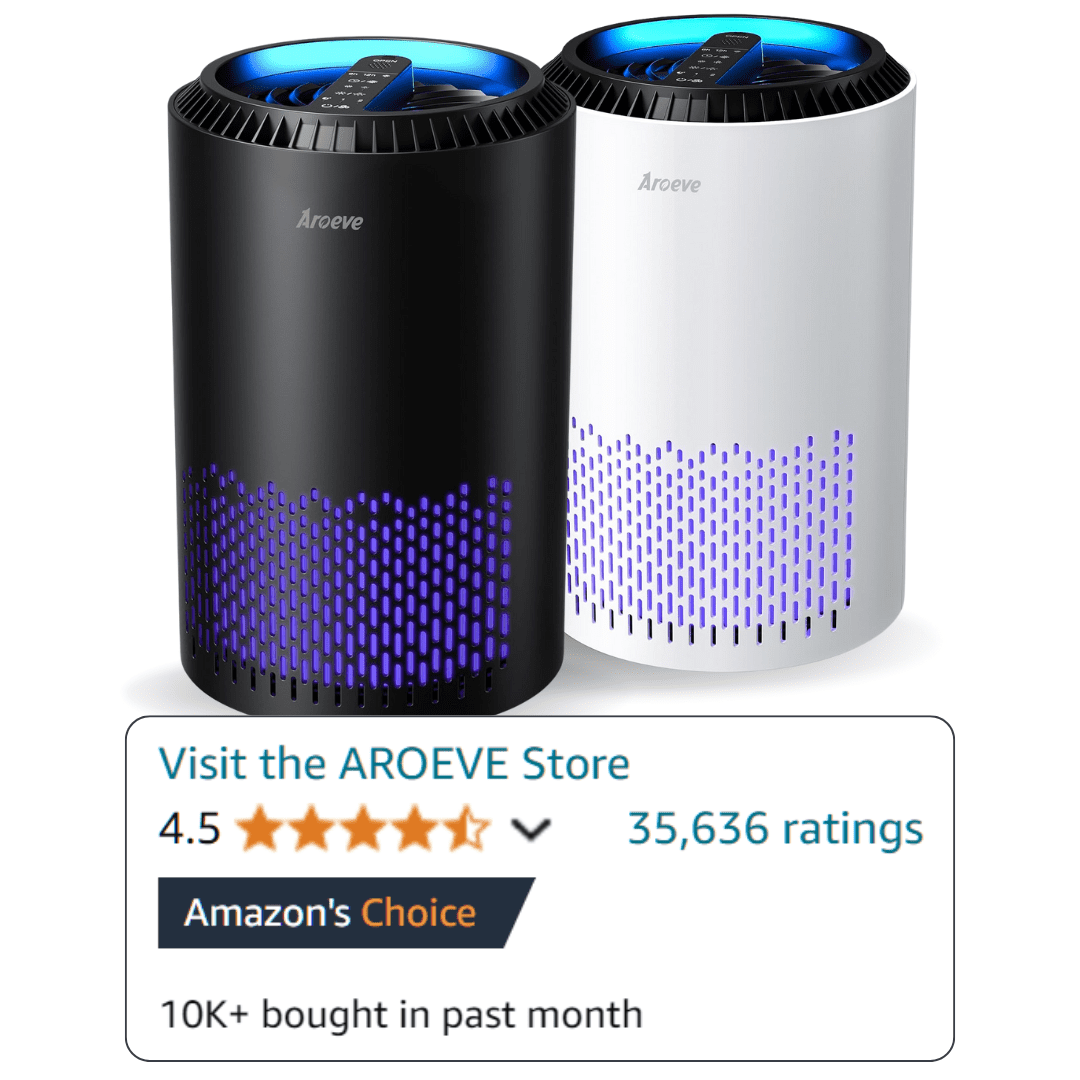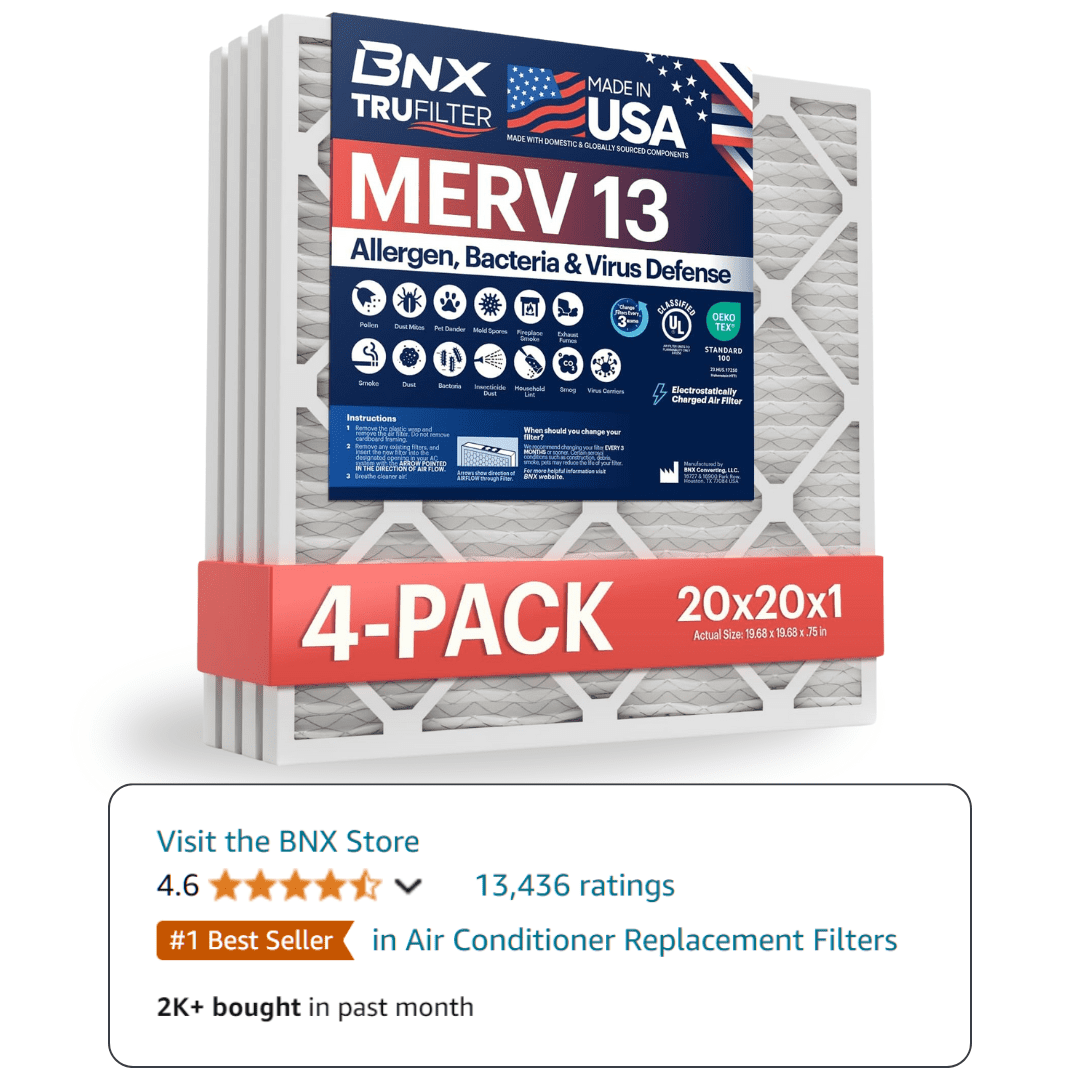Understanding Humidity Comfort Zones
The Science Behind Humidity Discomfort
Humidity is the amount of water vapor in the air. Relative humidity (RH) is the percentage of moisture in the air compared to the maximum it can hold at a given temperature. The human body relies on evaporation of sweat to cool itself. When humidity is high, sweat evaporates slowly, making you feel hotter and sticky. When humidity is low, sweat evaporates too quickly, drying out your skin and airways.
ASHRAE Standard 55, the industry benchmark for thermal comfort, recommends keeping indoor RH between 30% and 60% for most people. This range supports comfort, health, and building durability. The EPA and NAFA also support this range for healthy indoor air quality.
Why 30-60% is the “Goldilocks Zone”
The 30-60% RH range is ideal because it balances comfort and health. Below 30%, air feels dry, causing skin irritation, static electricity, and respiratory discomfort. Above 60%, air feels muggy, and the risk of mold, dust mites, and allergens increases. Most people feel best when humidity is in this middle range. This is why ASHRAE, the EPA, and NAFA all recommend it.
Uncomfortable Humidity Levels by Category
Too High: Above 60% Humidity Effects
When indoor humidity rises above 60%, you may notice sticky skin, clammy air, and a musty smell. Mold and dust mites thrive, increasing allergy and asthma risks. Wood can swell, paint may peel, and electronics can corrode. In a case study from a Florida home, indoor RH above 70% led to visible mold growth on walls and furniture within weeks. The EPA warns that high humidity is a leading cause of indoor air quality problems.
Too Low: Below 30% Humidity Problems
Low humidity dries out skin, lips, and eyes. It can cause nosebleeds, sore throats, and worsen respiratory conditions. Static electricity becomes a nuisance, and wood floors or furniture may crack. In winter, heated air often drops below 30% RH, especially in cold climates. Hospitals and schools often report more respiratory infections during dry months, as viruses survive longer in dry air (NIH studies).
The “Sticky Zone”: 70%+ Humidity Symptoms
At 70% RH or higher, discomfort is immediate. You may feel sweat that won’t evaporate, bedding feels damp, and clothes stick to your skin. Mold can appear in bathrooms, basements, and closets. In a Houston apartment, a broken AC led to 75% RH for several days, resulting in rapid mold growth and a strong musty odor. This “sticky zone” is not just uncomfortable but unhealthy.
Personalized Comfort Recommendations
Humidity Comfort by Climate Zone
Comfortable humidity depends on your local climate. In humid regions like the Southeast US, even 55% RH can feel muggy. In dry climates like Arizona, 35% RH may feel perfect. ASHRAE recommends adjusting your target within the 30-60% range based on local weather and personal comfort. For example, in coastal California, 50% RH is often ideal, while in Denver, 35-40% is more comfortable.
Seasonal Comfort Adjustments
Humidity needs change with the seasons. In summer, air conditioning removes moisture, but in very humid climates, you may need a dehumidifier. In winter, heating dries the air, so a humidifier may be necessary. Adjust your targets: aim for 35-45% RH in winter and 45-55% in summer. Use a humidity control system to automate these adjustments.
Special Considerations (Babies, Elderly, Allergies)
Babies and elderly people are more sensitive to humidity extremes. For infants, keep RH between 40-50% to prevent dry skin and respiratory issues. For seniors, avoid RH below 35% to reduce respiratory discomfort. Allergy sufferers should keep RH below 50% to limit dust mites and mold. If you have asthma or allergies, consider a whole home humidifier or dehumidifier for precise control.
Room-by-Room Humidity Comfort Guide
Bedroom Humidity for Better Sleep
The bedroom is where humidity comfort matters most. For restful sleep, keep RH between 40-50%. Too much humidity can make bedding feel damp and disrupt sleep. Too little can cause dry throat and nasal passages. In a case from Minnesota, a family installed a humidifier to maintain 45% RH in winter, reducing nighttime coughing and improving sleep quality.
Living Areas and Activity Spaces
Living rooms and kitchens should stay within 35-55% RH. Cooking, showers, and large gatherings can spike humidity. Use exhaust fans and open windows when possible. In open-plan homes, a central dehumidifier guide can help maintain balance.
Basement and Attic Considerations
Basements are prone to high humidity, especially in wet climates. Keep RH below 50% to prevent mold and musty odors. Use a dehumidifier and check for leaks. Attics can get very dry or very humid depending on ventilation. Proper insulation and ventilation are key. In a New Jersey home, adding attic vents reduced summer RH from 70% to 55%, preventing mold.
Signs Your Home Humidity is Uncomfortable
Physical Symptoms Checklist
- Sticky or clammy skin
- Dry, itchy skin or eyes
- Frequent static shocks
- Nosebleeds or sore throat
- Worsening allergies or asthma
If you notice these symptoms, check your indoor humidity with a reliable monitor.
Home Environment Indicators
- Condensation on windows
- Musty or moldy smells
- Warped wood or peeling paint
- Visible mold spots
- Cracking furniture or floors
These are clear signs your home’s humidity is out of balance.
When to Take Action
If RH is consistently above 60% or below 30%, act quickly. High humidity can cause mold in as little as 24-48 hours. Low humidity can cause health issues within days. Use a humidity control system or schedule indoor air quality testing to identify and fix the problem.
Solutions for Uncomfortable Humidity Levels
Quick Fixes for Immediate Relief
- Use exhaust fans in bathrooms and kitchens
- Open windows for cross-ventilation (weather permitting)
- Run air conditioning to remove moisture
- Place portable dehumidifiers in damp rooms
- Add a humidifier in dry rooms
For a step-by-step approach, see our dehumidifier guide.
Long-term Humidity Control Systems
Install a whole-home dehumidifier or humidifier for consistent control. Smart thermostats and humidity control systems can automate adjustments based on season and room. Regular HVAC maintenance is essential. Refer to ASHRAE and NAFA for best practices.
Professional vs DIY Approaches
DIY solutions work for minor issues, but persistent problems need professional help. Schedule indoor air quality testing if you suspect mold or ongoing discomfort. Professionals can recommend the right whole home humidifier or dehumidifier and ensure your system meets ASHRAE and EPA standards.
Frequently Asked Questions
What humidity level feels sticky and uncomfortable?
Most people feel sticky when RH rises above 60%. At 70% or higher, discomfort is immediate and mold risk increases.
Is 70% humidity too high for sleeping?
Yes. 70% RH makes bedding feel damp and can disrupt sleep. Aim for 40-50% in bedrooms.
Why does low humidity make me feel uncomfortable?
Low humidity dries out skin, eyes, and airways. It can cause static shocks and worsen respiratory issues.
What’s the most comfortable humidity for allergies?
Keep RH below 50% to limit dust mites and mold, which trigger allergies.
How do I know if my home humidity is making me uncomfortable?
Look for physical symptoms (dry skin, sticky air) and home signs (condensation, musty smells). Use a humidity monitor for accurate readings.
What humidity level causes mold growth?
Mold can grow at RH above 60%, especially if sustained for 24-48 hours.
Is 40% humidity too dry for most people?
No. 40% is comfortable for most, but some may prefer 45-50%, especially in winter.
How does temperature affect humidity comfort?
Warmer air holds more moisture. At the same RH, higher temperatures feel more humid. Use a psychrometric chart for precise comfort analysis.
What’s the best way to control humidity in a basement?
Use a dehumidifier, seal leaks, and ensure proper ventilation. Keep RH below 50%.



